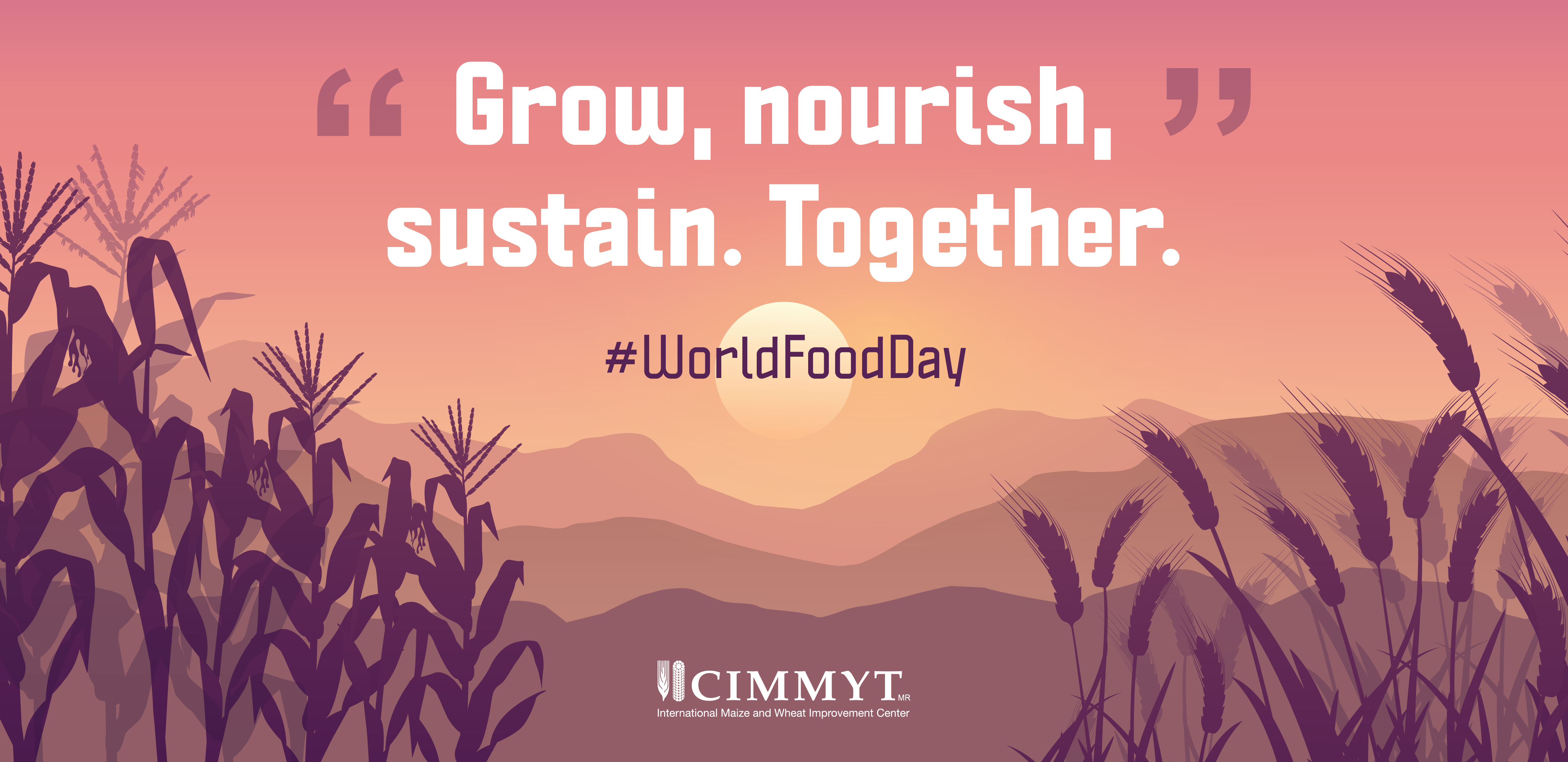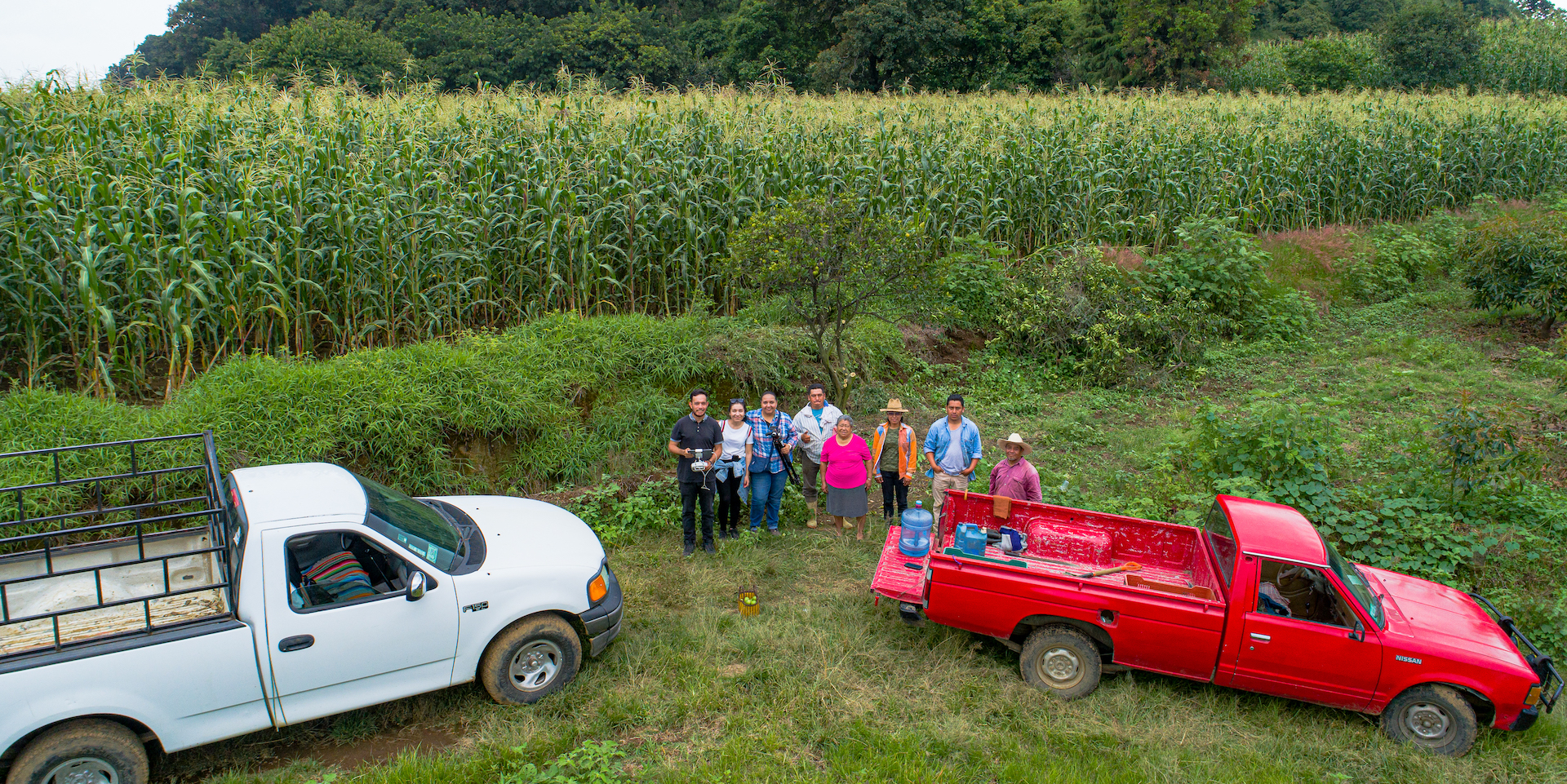In 2018, our editors continued to cover exciting news and events related to maize and wheat science around the world. Altogether, we published more than 200 stories.
It is impossible to capture all of the places and topics we reported on, but here are some highlights and our favorite stories of the year.
Thank you for being a loyal reader of CIMMYT’s news and features. We are already working on new stories and platforms for 2019. Stay tuned!
New technical guide to help farmers protect against fall armyworm
In response to the spread of the fall armyworm across Africa, CIMMYT and its partners published a technical guide for integrated pest management. Produced by international experts, it offers details on the best management practices to help smallholder farmers effectively and safely control the pest while simultaneously protecting people, animals and the environment.
The voracious fall armyworm was on the news again in July, as its presence was reported in India, giving this issue a global scale.
CIMMYT and IITA are co-leading the new Fall Armyworm R4D International Consortium, composed of 40 partners, which held an international conference in Ethiopia in October.
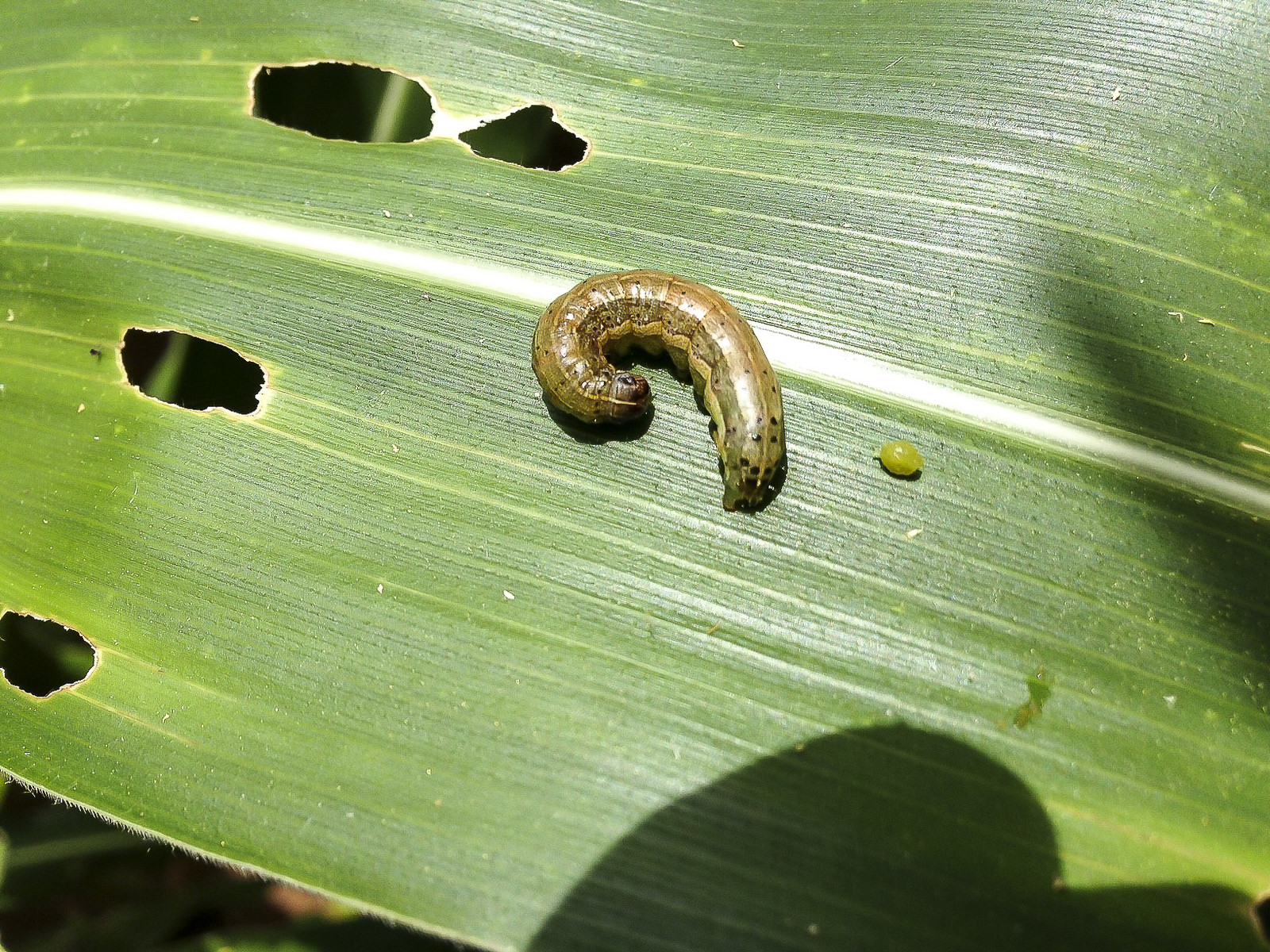
Cobs & Spikes podcast: Blue maize opportunities for Mexican farmers
This year we launched our new podcast, Cobs & Spikes, where you can listen to stories from the field, interviews and explainers.
The most popular episode so far was about blue maize, a distinctive feature of Mexico’s food culture. Valued for its rich flavor and texture, it is also catching the attention of some food processing companies and high-end culinary markets. CIMMYT researchers are helping Mexican farmers tap into two emerging markets that could boost incomes while conserving culture and biodiversity.
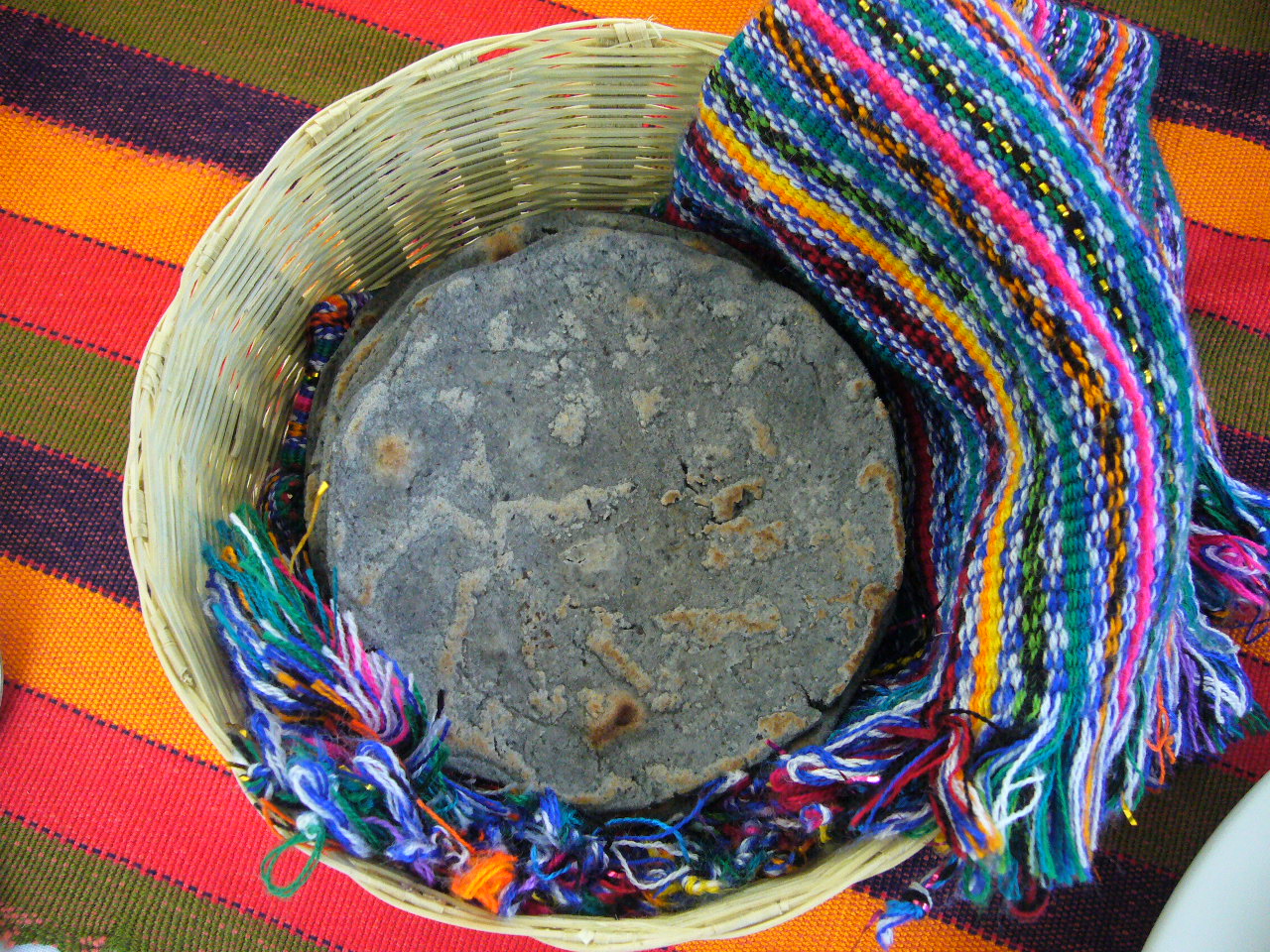
Scientists confirm value of whole grains and wheat for nutrition and health
A review of scientific studies on cereal grains and health showed that gluten- or wheat-free diets are not inherently healthier for the general populace and may actually put individuals at risk of dietary deficiencies.
Based on a compilation of 12 reports, eating whole grains is actually beneficial for brain health and associated with reduced risk of diverse types of cancer, coronary disease, diabetes, hypertension, obesity and overall mortality.
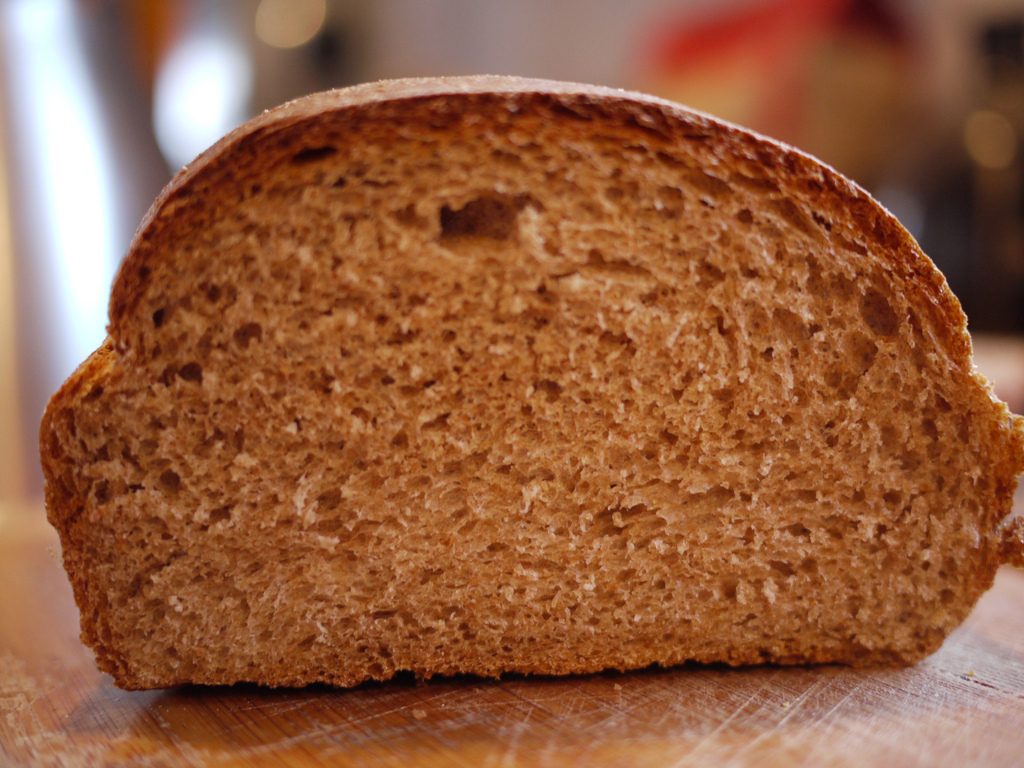
African youth find entrepreneurial opportunity in agricultural mechanization
Mechanized agricultural services have traditionally only been used by large-scale farmers who could afford them, but small and medium-sized machines are fast becoming affordable options for family farmers through the advent of service providers. An increasing number of young people across eastern and southern Africa are creating a stable living as entrepreneurs, providing agricultural mechanization services.
CIMMYT is offering training courses to promote mechanization in Ethiopia, Kenya, Tanzania and Zimbabwe. Trainings equip entrepreneurs with essential business skills and knowledge, tailored to rural environments, so they can support farmers with appropriate mechanization services that sustainably intensify their production.
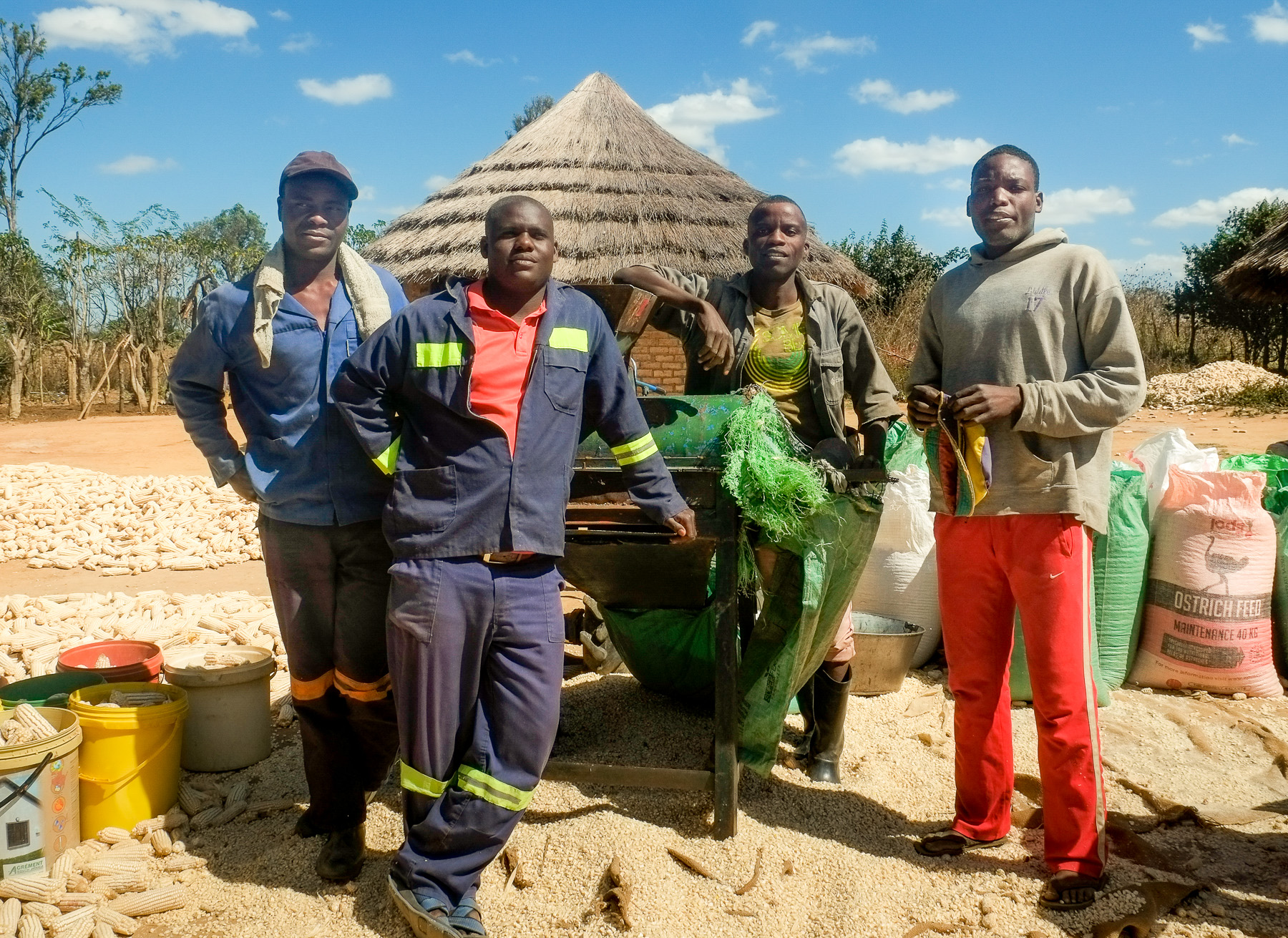
New wheat gene map will speed breeding and help secure grain supplies
In a scientific breakthrough, the International Wheat Genome Sequencing Consortium presented an annotated reference genome with a detailed analysis of gene content among subgenomes and the structural organization for all the chromosomes. The research was published on Science.
A BBC news report on this discovery mentioned CIMMYT as a leader in wheat research to help feed the world’s rapidly expanding population.
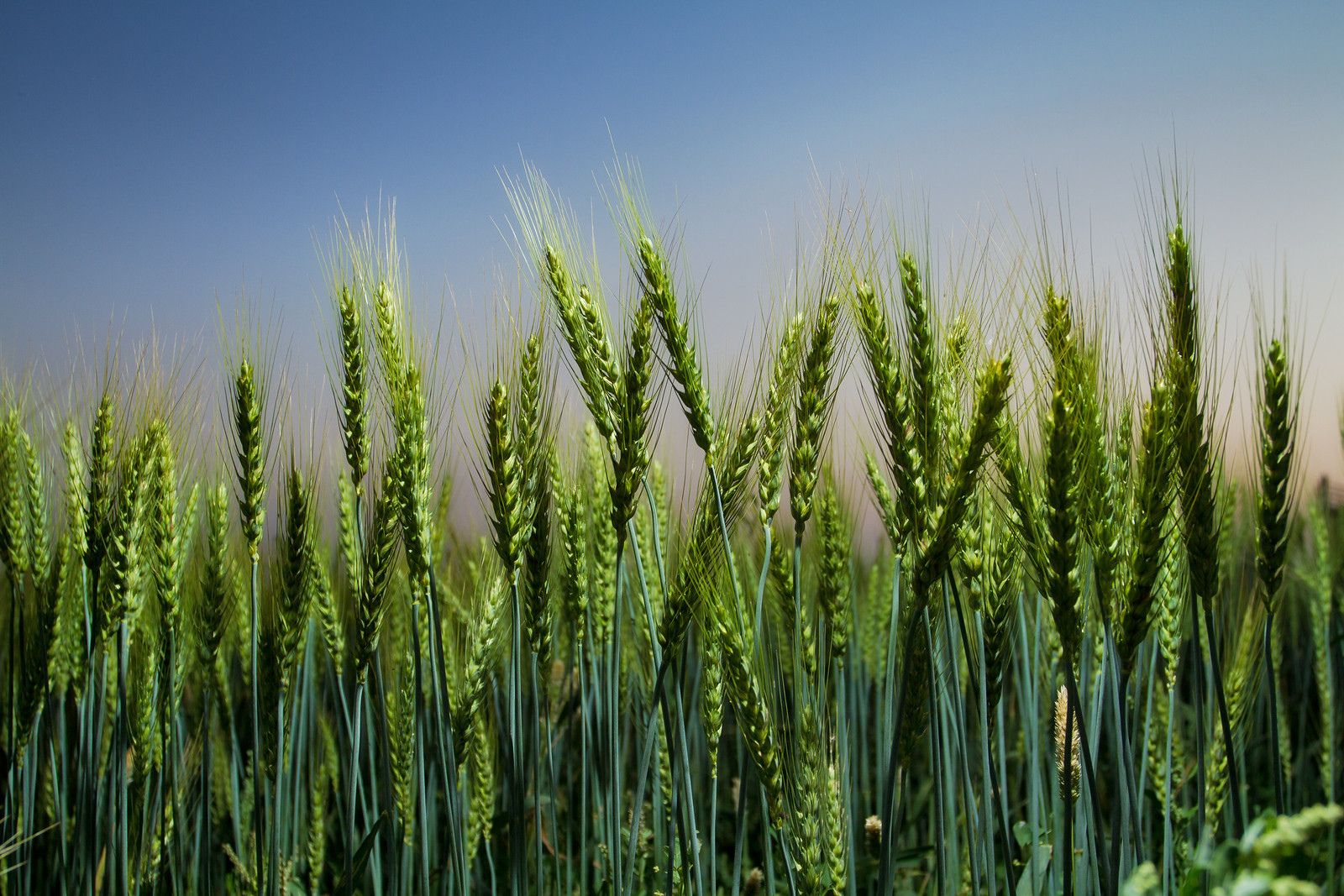
Better together: Partnership around zinc maize improves nutrition in Guatemala
Over 46 percent of children under five in Guatemala suffer from chronic malnutrition. More than 40 percent of Guatemala’s rural population is deficient in zinc, an essential micronutrient that plays a crucial role in pre-natal and post-natal development and is key to maintaining a healthy immune system.
CIMMYT is working with partners HarvestPlus and Semilla Nueva to reduce malnutrition and zinc deficiency in the country, through the development and deployment of Guatemala’s first biofortified zinc-enriched maize.
Last year we also reported on the release of a new zinc-enriched maize variety in Colombia and how vitamin A orange maize is improving nutrition in Zimbabwe.
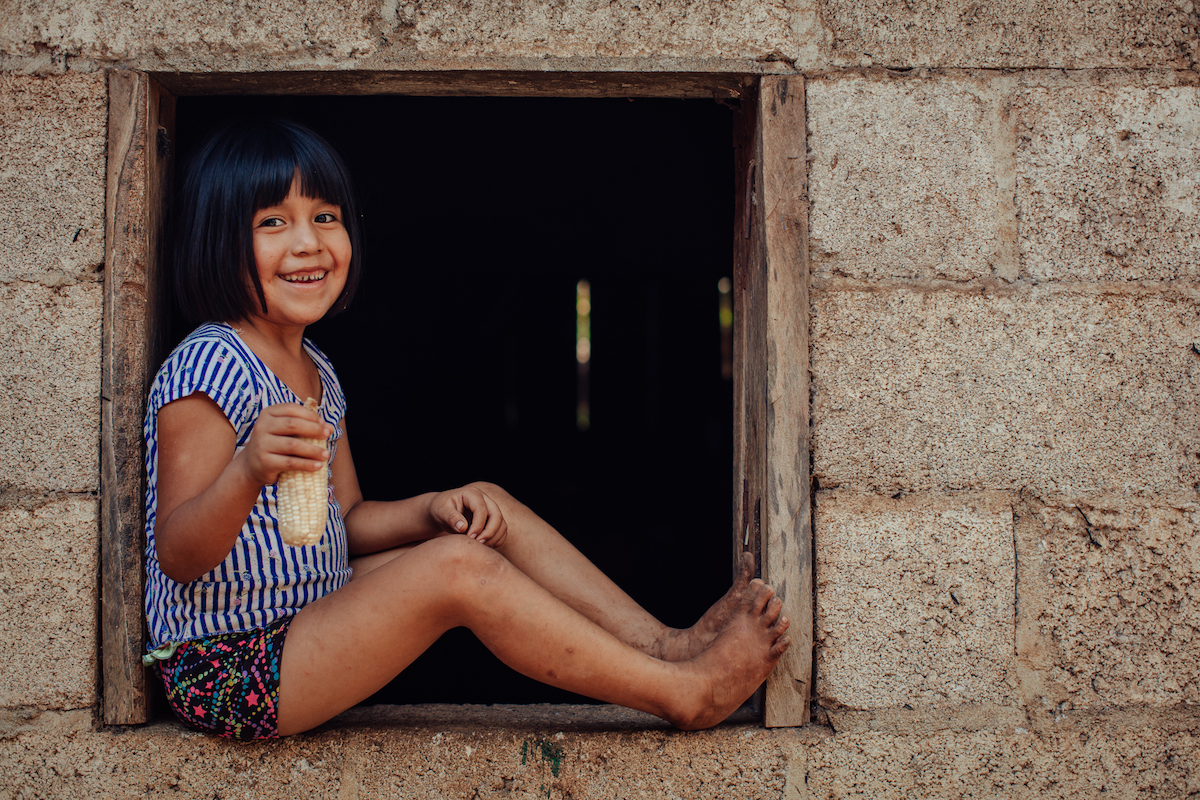
Innovation, partnerships and knowledge for African farmers meet at AGRF 2018
CIMMYT was present at the African Green Revolution Forum in Kigali, Rwanda. Leaders discussed practical ways to transform policy declarations into impact on the ground, at a time when farmers are facing the challenge of climate change and the threat of emerging pests and diseases.
On the occasion of this event, CIMMYT’s Director General, Martin Kropff, and the Regional Representative for Africa, Stephen Mugo, authored an op-ed on agricultural innovation in Africa, published by Thomson Reuters (in English) and Jeune Afrique (in French).
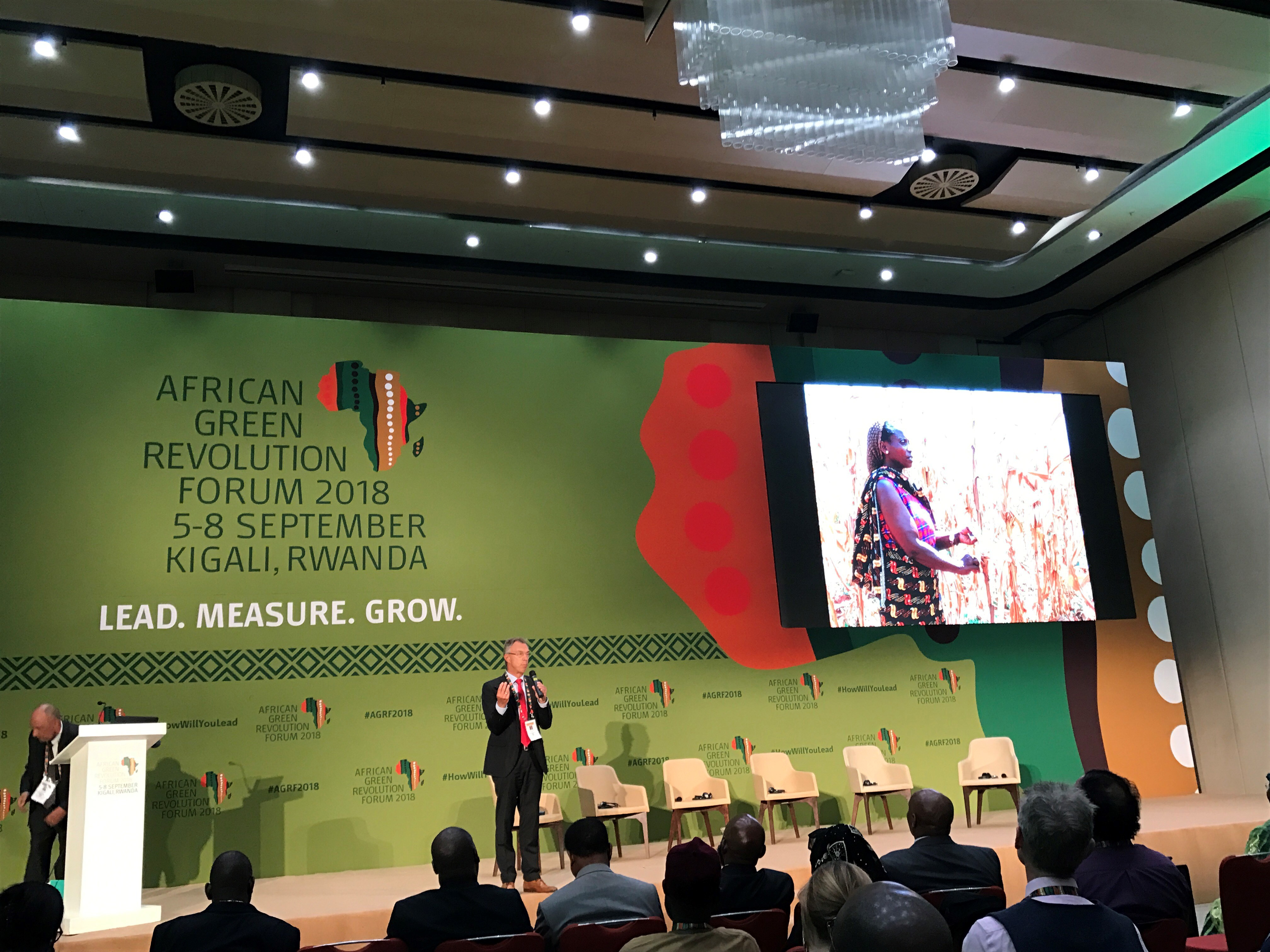
International experts discuss progress and challenges of maize research and development in Asia
More than 280 delegates from 20 countries gathered in Ludhiana, in the Indian state of Punjab, for the 13th Asian Maize Conference and Expert Consultation on Maize for Food, Feed, Nutrition and Environmental Security.
Technical sessions and panel discussions covered topics such as novel tools and strategies for increasing genetic gains, stress-resilient maize, sustainable intensification of maize-based cropping systems, specialty maize, processing and value addition, and nutritionally enriched maize for Asia.
Four young people were distinguished in the first edition of the 2018 MAIZE-Asia Youth Innovators Award. One of them wrote a blog about her personal story and her commitment to make hunger history.
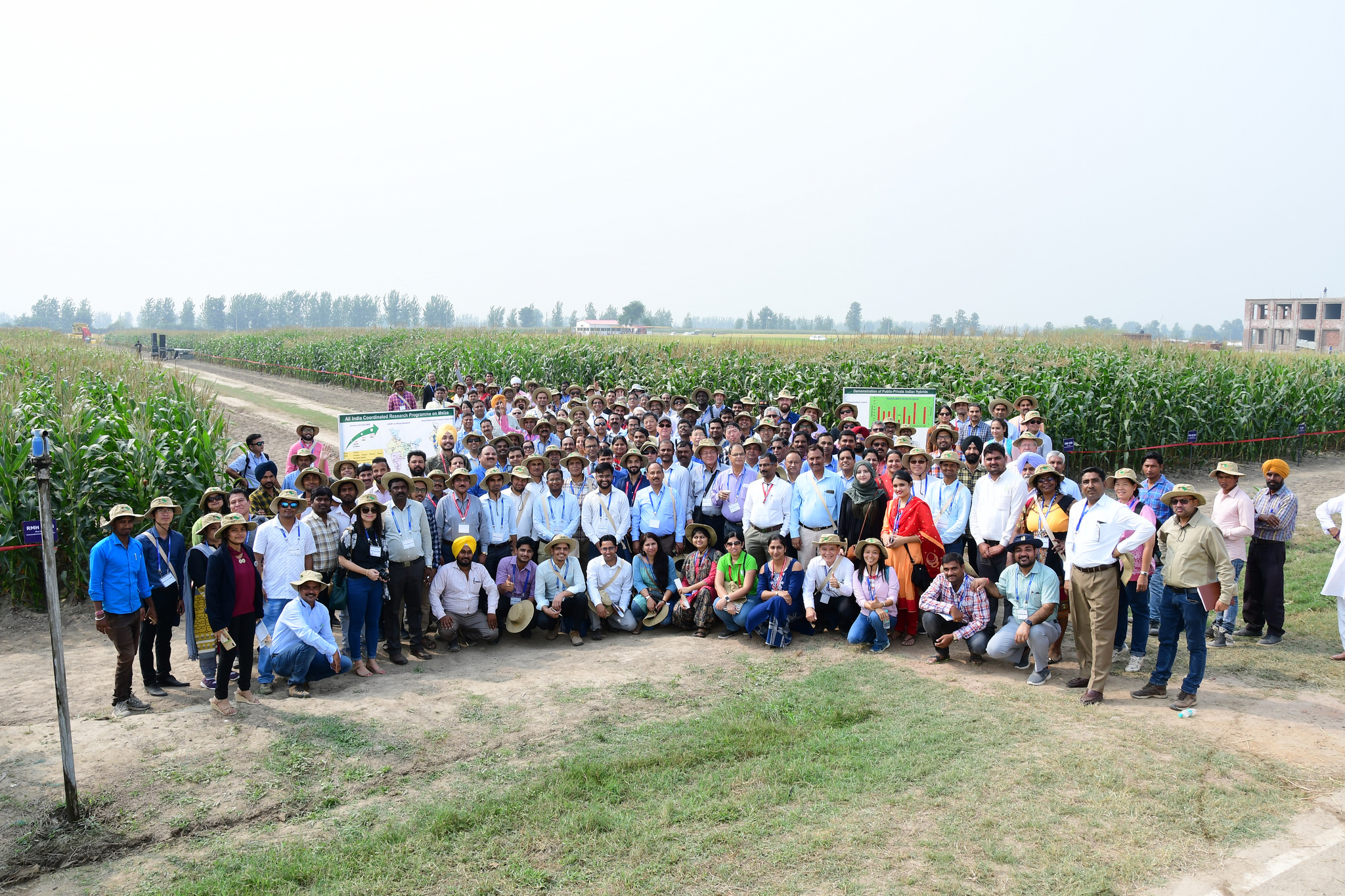
Researchers find “hotspot” regions in the wheat genome for high zinc content, new study shows
An international team of scientists applied genome-wide association analysis for the first time to study the genetics that underlie grain zinc concentrations in wheat.
Analyzing zinc concentrations in the grain of 330 bread wheat lines across diverse environments in India and Mexico, the researchers uncovered 39 new molecular markers associated with the trait, as well as two wheat genome segments that carry important genes for zinc uptake, translocation, and storage in wheat.
Around the same time, a study confirmed the nutritional and health benefits of zinc-biofortified wheat in India. It showed that when vulnerable young children in India consume foods with wheat-enriched zinc, the number of days they spend sick with pneumonia and vomiting significantly diminishes.
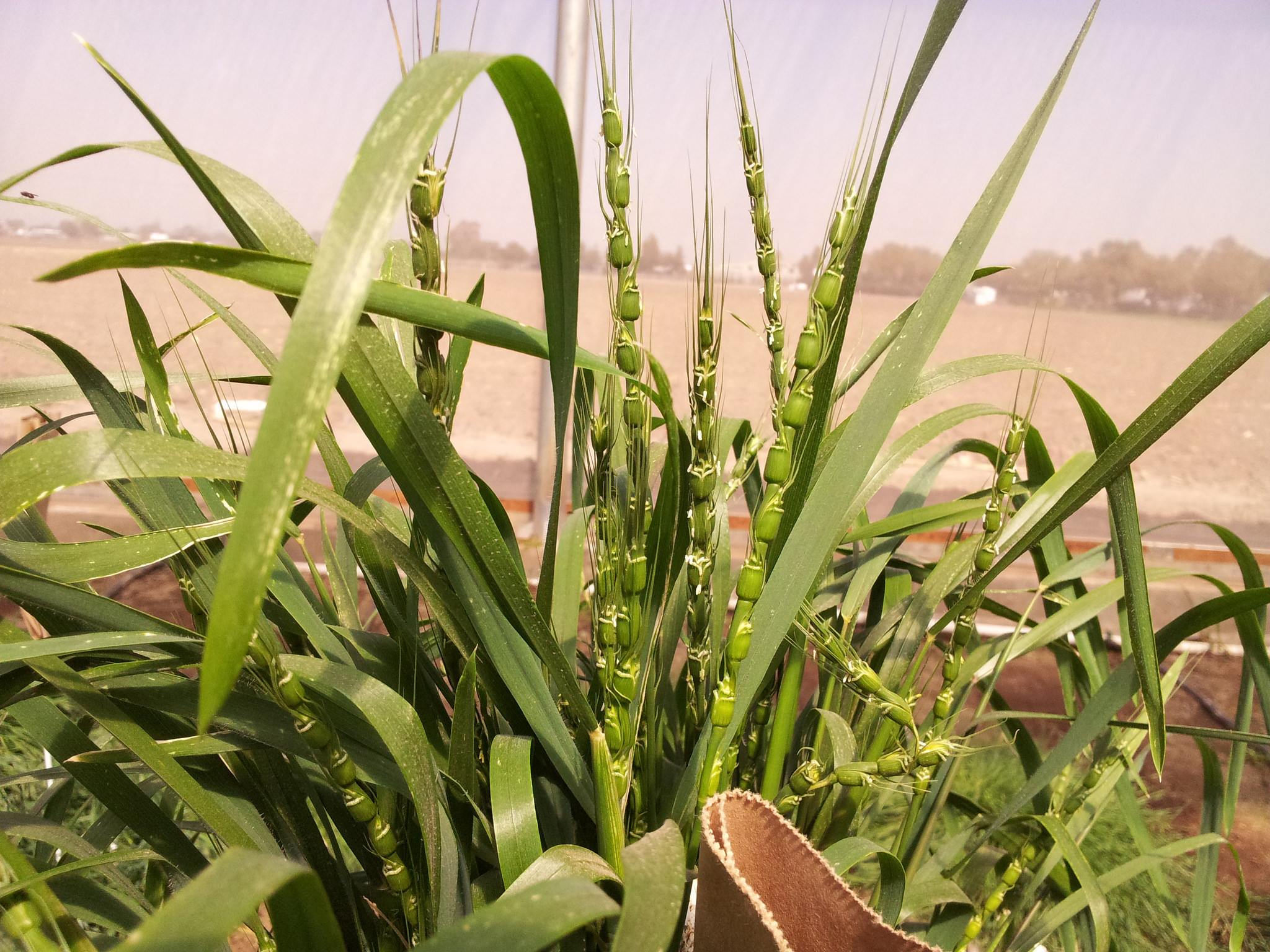
Study in Ethiopia links healthy soils to more nutritious cereals
A study in Ethiopia found that wheat grown in areas closer to the forest had more nutrients, like zinc and protein. Soils in these areas are rich in organic matter — about 1% higher — due to decomposing trees and plants, as well as manure of livestock grazed in the forest.
Increasing organic matter by 1 percent was associated with an increase in zinc equivalent to meet the daily needs of 0.2 additional people per hectare and an increase in protein equivalent to meeting the daily needs of 0.1 additional people per hectare. These modest increases in soil organic matter contribute a small, but important, increase in nutrients found in wheat.
Although these nutrient increases are not enough to address hidden hunger on their own, they reveal how healthy soils are an additional tool — alongside diet diversity and the biofortification of food — to fight malnutrition.
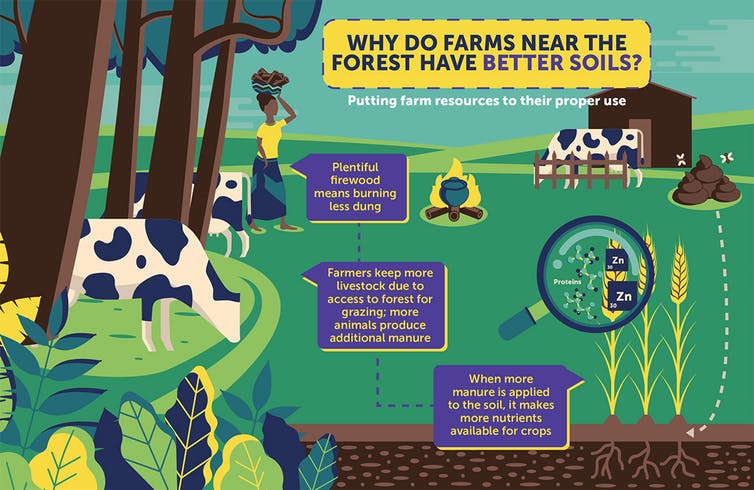
In 2018 we published our latest annual report, highlighting CIMMYT’s global work and collaboration with partners. It features infographics and case studies from Bangladesh, Ethiopia, Haiti, Mexico and Pakistan.
It is a good way to understand how CIMMYT’s science improves livelihoods around the world.
You can read the web version or the PDF of the report, or watch the video summary below.
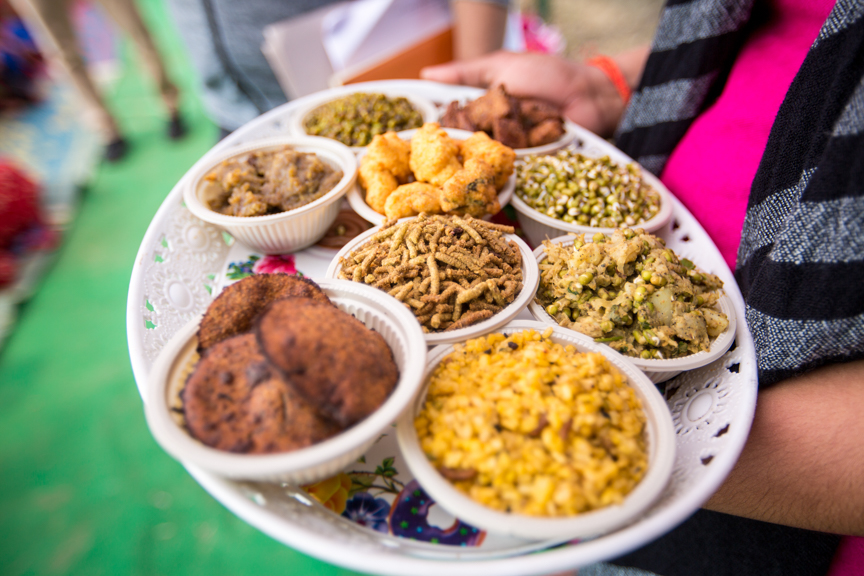
 Innovations
Innovations 